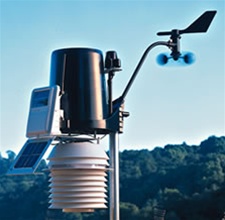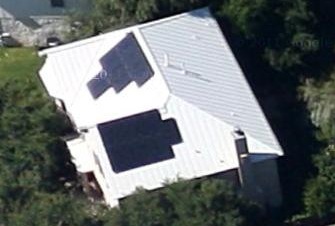
- When: Saturday, June 20th (Sat.) at 9:30 am
- Where: West Columbia (Brazoria County, south of Houston)
Come visit Nash Prairie, over 300 acres of very special coastal tallgrass prairie! Owned by the St. Mary’s Episcopal Church and the West Columbia Hospital District, this prairie is a rare remnant of the coastal prairie that once covered over six million acres of Texas and Louisiana.
Field trip leaders Rev. Peter Conaty, his wife Susan, botanist Dr. David Rosen (who has conducted studies of the prairie), and Lisa and Jason Spangler (NPAT president) will tell us about the history of the prairie, the church’s stewardship of this special piece of Texas, and the native plants that call it home. Read more about Nash Prairie by clicking here.
We will meet at Nash Prairie at 9:30 am. From West Columbia, go on east on State Highway 35. Turn left onto CR 25 and proceed north. Nash Prairie is approximately 6.5 miles past front gate of Columbia Lakes on the left. Park along CR 255 which is to the right of the prairie. Click here for directions from Google Maps.
RSVP appreciated but not required. Wear appropriate clothing, and bring water, sunscreen, and a snack. Field trips are open to everyone.
Contact Lisa Spangler, lisa_spangler@texasprairie.org or 512-736-5553 (cell), for more information.
Tallgrass prairie is the most endangered large ecosystem in North America, with less than 1% of Texas’ original 20 million acres estimated remaining. In addition to beautiful prairie flowers and lush native grasses, our prairies are habitat for grassland birds, the most declining group of birds in North America, butterflies and other pollinators, and other prairie wildlife. We must protect these special places to save Texas’ prairie heritage.
Tallgrass prairies also sequester large amounts of carbon, so tallgrass prairie restorations could be used to help fight global warming. In addition, native grasslands increase water quality and quantity, a vital issue for our growing state. Tallgrass prairie plantings on marginal cropland have been identified as the best source of low-input cellulosic biofuel that would not impact our food supply.

Join the Native Prairies Association of Texas (NPAT) to help advocate and protect Texas’ prairie heritage, native plants, and wildlife.
 The new Vantage Pro2 Plus weather station worked, recording about one inch of precipitation during the recent rainfall! Now I just need to get the USB interface working and wview set up to analyze the results.
The new Vantage Pro2 Plus weather station worked, recording about one inch of precipitation during the recent rainfall! Now I just need to get the USB interface working and wview set up to analyze the results.



 Jackie sent this prairie quote along our way… I like it, though native bees and other pollinators are definitely needed!
Jackie sent this prairie quote along our way… I like it, though native bees and other pollinators are definitely needed! Several people have told me that the interview I did with
Several people have told me that the interview I did with 